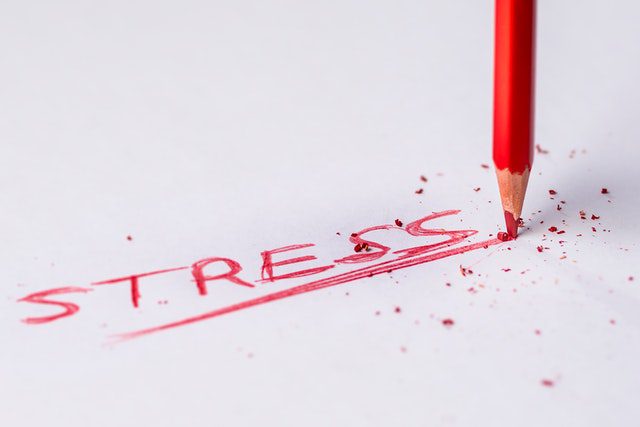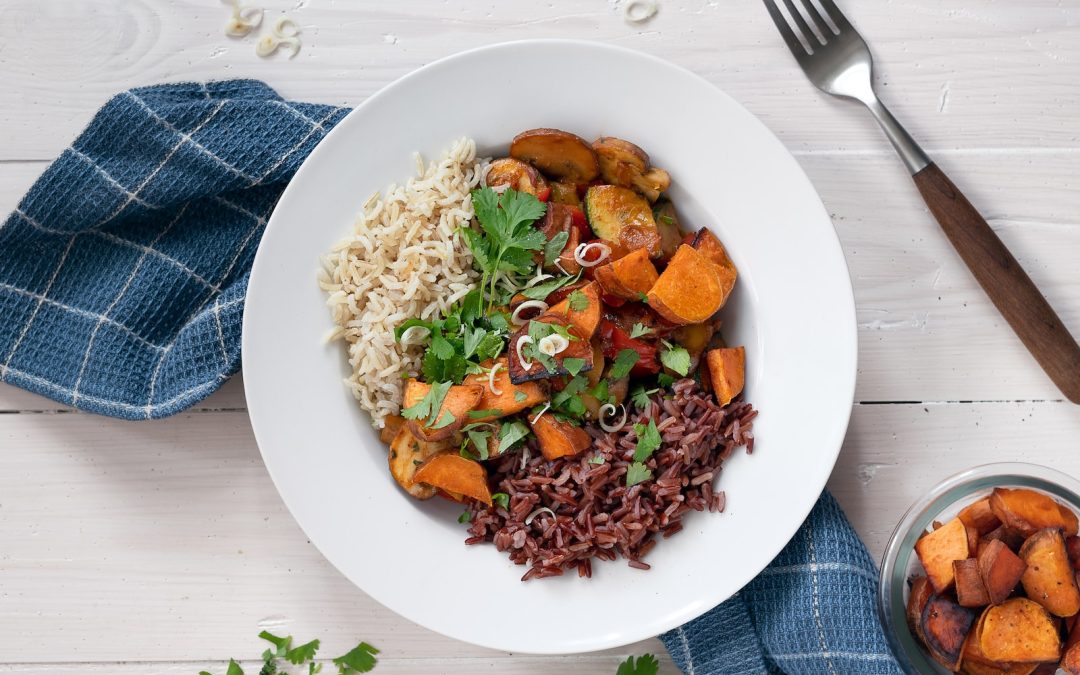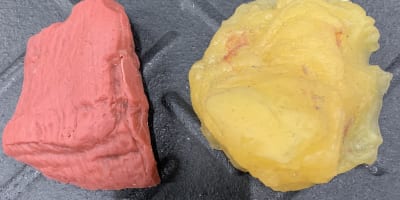Have you ever enjoyed a healthy, colorful salad only to feel bloated, gassy, or crampy later?
If you’re nodding yes, the problem might not be what you’re eating, but how your body processes certain carbs. Welcome to the world of FODMAPs and a powerful tool for people who want to feel good in their gut again.
Table of Contents
What is the FODMAP Diet?
It focuses on reducing specific short-chain carbohydrates that are difficult for some people to digest. These carbs ferment in the gut, causing gas, bloating, diarrhea, or constipation especially in those with Irritable Bowel Syndrome (IBS).
FODMAP stands for:
- Fermentable
- Oligosaccharides
- Disaccharides
- Monosaccharides
- And
- Polyols
Following a diet low in FODMAPs helps you pinpoint which of these groups might be triggering your symptoms.
Foods High in FODMAPs to Watch Out For
The following foods are common culprits on the FODMAP list:
- Fruits: Apples, pears, watermelon
- Vegetables: Garlic, onions, cauliflower
- Legumes: Lentils, chickpeas, black beans
- Grains: Wheat, rye, barley
- Dairy: Milk, soft cheese, ice cream
- Sweeteners: Honey, sorbitol, high-fructose corn syrup
👉 Explore a full high-FODMAP food list
Do You Need the FODMAP Diet?
Here are signs you might benefit from a FODMAP elimination phase:
- Bloating and gas after meals
- Irregular bathroom habits
- Unexplained stomach pain
- Feeling full or “puffy” quickly
💡 Pro tip: Keep a food and symptom journal to track reactions and identify trends.

How to Start the FODMAP Diet (the Right Way)
Don’t go it alone. A full elimination diet is intense and not everyone needs to avoid all FODMAPs forever.
This is a 3-phase process:
- Elimination: Cut all high-FODMAP foods for 2–6 weeks.
- Reintroduction: Gradually test each FODMAP group.
- Personalization: Create a long-term eating plan that supports your gut health and lifestyle.
Consider working with a registered dietitian or coach to get it right.
Benefits of a Diet Low in FODMAP
- Relief from chronic bloating and discomfort
- Fewer bathroom emergencies
- More energy and less inflammation
- A deeper understanding of your body
Frequently Asked Questions
Q: What is the FODMAP diet and who should follow it?
A: It’s a science-backed eating plan designed to help people identify specific carbohydrates that trigger digestive symptoms like bloating, gas, and diarrhea. It’s most commonly used by individuals with Irritable Bowel Syndrome (IBS) but can benefit anyone with unexplained gut issues.
Q: How long should I stay on the elimination phase?
A: The elimination phase typically lasts 2–6 weeks. The goal is to calm your digestive system before reintroducing foods. Staying on elimination too long can lead to nutrient deficiencies and harm your gut microbiome.
Q: Can I follow it without professional help?
A: While it’s possible, it’s not recommended. The diet is complex and involves several phases. A dietitian or nutrition coach can help you avoid common mistakes, such as eliminating too many foods or failing to reintroduce safely.
Q: Are all FODMAPs bad for me?
A: Not at all. Some are actually prebiotics, which support a healthy gut. The diet helps you identify your personal triggers, not avoid all FODMAPs forever.
Q: What’s the difference between FODMAPs and food allergies?
A: FODMAP sensitivity is a digestive issue, not an immune reaction like food allergies. You might experience bloating or cramping after eating high-FODMAP foods, but it won’t trigger a dangerous allergic reaction.
Q: Is the FODMAP diet gluten-free?
A: Not exactly. Some high-FODMAP grains (like wheat, rye, and barley) contain gluten, but the diet is not inherently gluten-free. You may still eat low-FODMAP, gluten-containing foods unless you have celiac disease or a diagnosed gluten intolerance.
Q: Can I eat out on the FODMAP diet?
A: Yes, but it takes planning. Many restaurants now offer low-FODMAP or gluten-free options. Stick with simple dishes (like grilled proteins and steamed veggies), ask about ingredients, and avoid sauces or dressings you can’t verify.
Q: Will the it help me lose weight?
A: That’s not its primary goal. However, some people do lose weight because they cut out processed and high-calorie foods. If weight loss is a goal, work with a coach to do it safely while protecting your gut health.
Q: Are there any risks with the FODMAP diet?
A: Yes! It can be tricky, especially if done without guidance. The risks include:
- Nutrient deficiencies
- Over-restriction and food obsession
- Increased stress around food
- Disrupted gut bacteria (if prebiotics are eliminated too long)
That’s why the reintroduction phase is essential and shouldn’t be skipped.
Low FODMAP Recipe: Lemon Herb Grilled Chicken Salad
Looking for a satisfying, gut-friendly meal while following the FODMAP diet? Try this light and delicious Lemon Herb Grilled Chicken Salad, it’s perfect for lunch or dinner and can be made ahead of time.
Ingredients:
- 1 boneless skinless chicken breast
- 1 tablespoon garlic-infused olive oil (FODMAP-friendly if strained)
- Juice of ½ lemon
- 1 teaspoon chopped fresh basil or parsley
- Mixed greens (arugula, spinach, romaine)
- ½ cucumber, sliced
- ½ cup cherry tomatoes
- 1 tablespoon olive oil + lemon juice for dressing
Instructions:
- Marinate chicken in olive oil, lemon juice, and herbs for 30 minutes.
- Grill or pan-sear until cooked through. Let rest, then slice.
- Toss greens, cucumber, and tomatoes in a bowl.
- Top with grilled chicken and drizzle with lemon dressing.
This recipe is easy to digest, quick to prep, and totally aligned with the FODMAP diet. Add it to your weekly rotation for a healthy gut-happy meal!


), //www.fitnesslifestylellc.com/wp-content/uploads/2024/10/3076514.jpg))

), https://www.fitnesslifestylellc.com/wp-content/uploads/2024/10/3076514.jpg))













